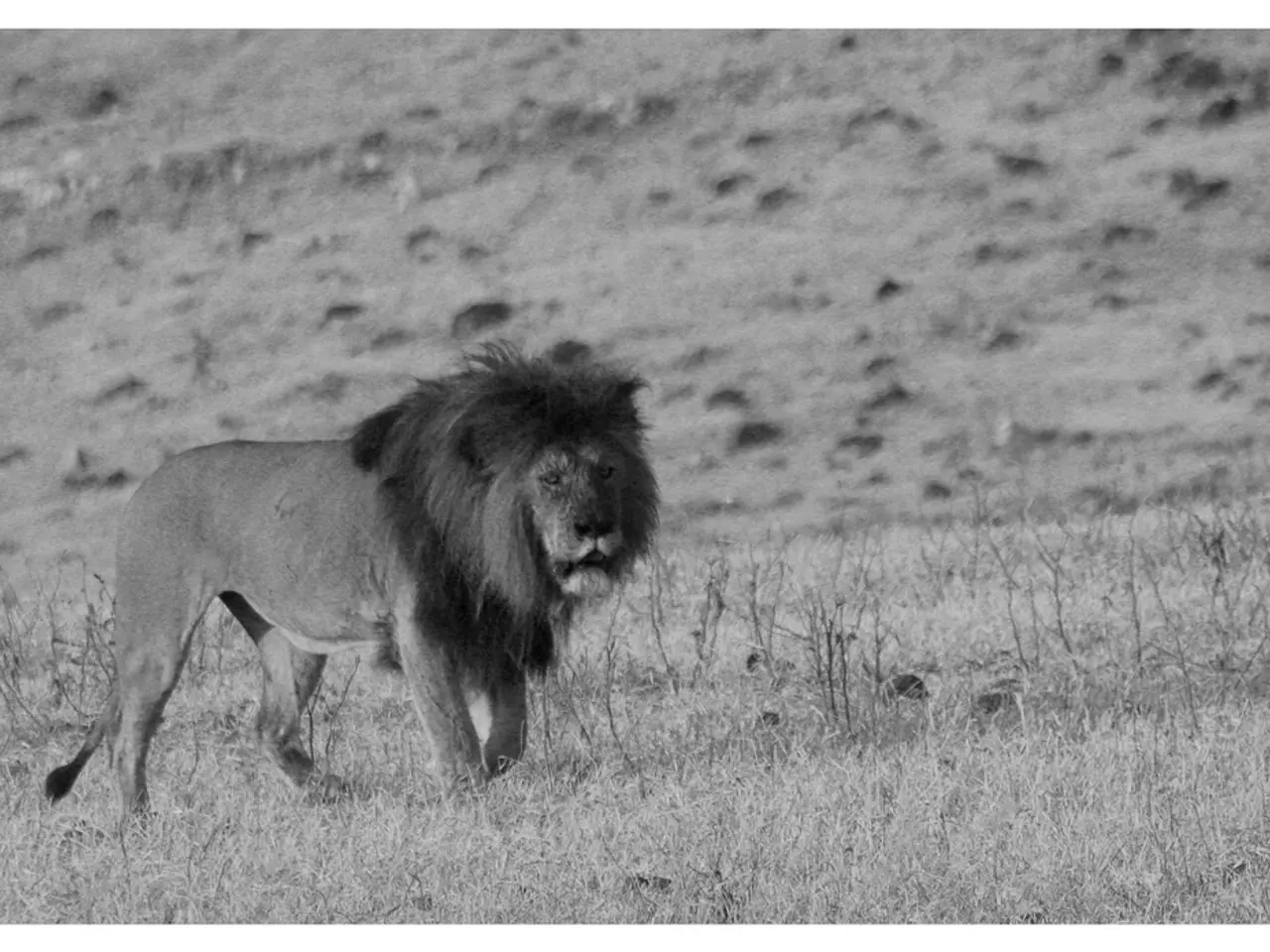CCHF Virus Found in French Cattle and Wild Animals: Human Spread Fears Rise
A recent study has revealed that approximately two percent of cattle and 2.25 percent of wild animals in parts of southern France have tested positive for antibodies against the Crimean-Congo hemorrhagic fever (CCHF) virus. This discovery, made by French researchers, has raised concerns about the potential spread of the disease to humans.
The CCHF virus is primarily transmitted through ticks, which act as vectors for the disease. While the virus causes few symptoms in cattle, it can lead to severe illness in humans, with a mortality rate as high as 50 percent. The virus appears to be endemic in animal populations around the Pyrenees region, with antibodies found in both cattle and wild animals in the French Mediterranean zone. The virus is detectable in the blood of animals for only a few days, but antibodies persist for years, indicating past exposure.
To control the spread of the virus and detect risks early, intensive monitoring is necessary. Factors such as the age of animals, ecological conditions, and animal-environment interactions can facilitate the spread of the virus.
The detection of the CCHF virus in southern France underscores the importance of ongoing surveillance and research into the disease. As the virus can cause severe illness in humans, it is crucial to understand its transmission dynamics and develop effective strategies to prevent its spread. Further studies are needed to better understand the prevalence and distribution of the virus in Europe, including France.






